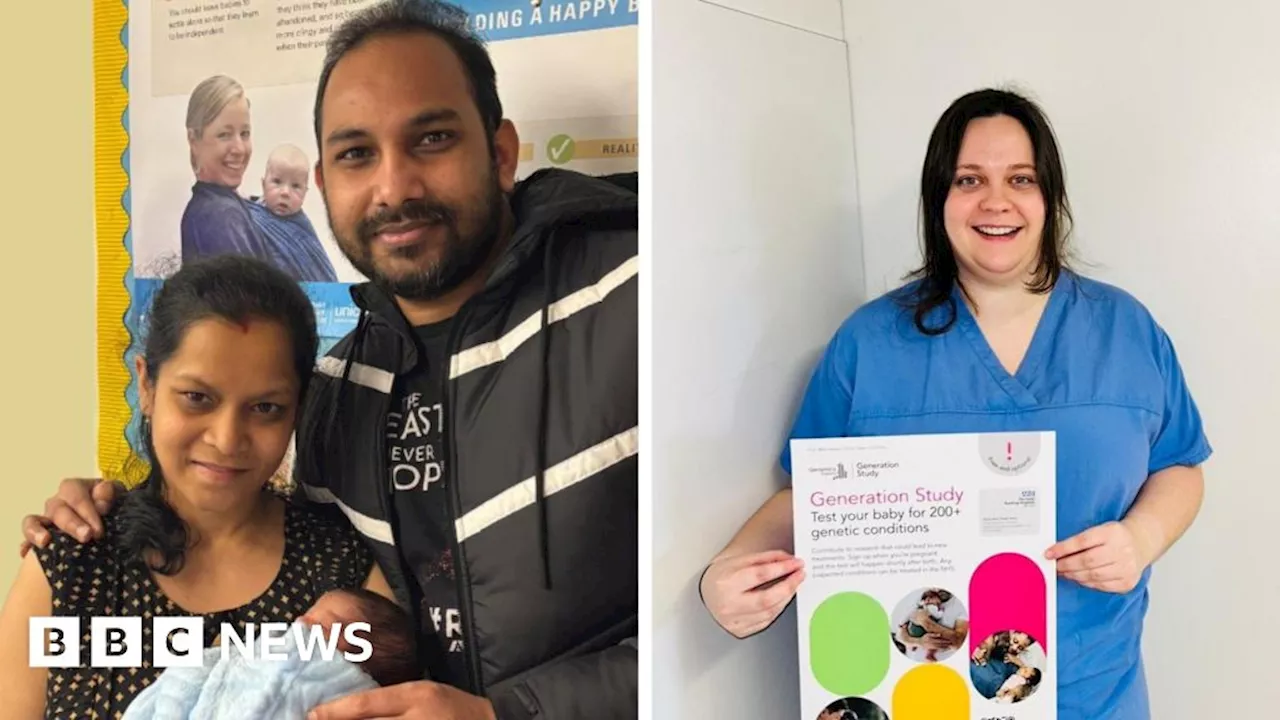Researchers have assessed the human perception of the size and weight of body parts, specifically the hand, comparing it to the perception of objects and concluded that it is different.
BIAL FoundationJan 17 2025 In the case of objects, the smaller we look at them, the heavier they seem to us, while in the case of hands, the result is exactly the opposite. This study is important for understanding how individuals with anorexia nervosa and other eating disorders experience the size and weight of their bodies.
Little is known, however, whether the same is also true for the weight of parts of our body. With the support of the BIAL Foundation, a team of researchers from Birkbeck University of London sought to answer this question by assessing the effects of embodying an enlarged hand and a shrunken hand on perceived hand weight in a sample of 20 healthy participants.
Anorexia Nervosa Brain ELISA Research
United Kingdom Latest News, United Kingdom Headlines
Similar News:You can also read news stories similar to this one that we have collected from other news sources.
 COVID-19 Infection Linked to Increased Risk of ME/CFSA recent study published in the Journal of General Internal Medicine found a significant correlation between COVID-19 infection and the development of myalgic encephalomyelitis/chronic fatigue syndrome (ME/CFS). Researchers analyzed data from the RECOVER-Adult study, observing a 4.5% prevalence of ME/CFS symptoms among COVID-19 patients six months post-infection compared to 0.6% in uninfected controls. The study highlights the importance of further research and improved diagnostic and care strategies for ME/CFS in the context of long COVID.
COVID-19 Infection Linked to Increased Risk of ME/CFSA recent study published in the Journal of General Internal Medicine found a significant correlation between COVID-19 infection and the development of myalgic encephalomyelitis/chronic fatigue syndrome (ME/CFS). Researchers analyzed data from the RECOVER-Adult study, observing a 4.5% prevalence of ME/CFS symptoms among COVID-19 patients six months post-infection compared to 0.6% in uninfected controls. The study highlights the importance of further research and improved diagnostic and care strategies for ME/CFS in the context of long COVID.
Read more »
 Hospital Begins 'World-Leading' Study Testing Hundreds of Babies for Rare Genetic ConditionsA hospital in Leeds has launched a groundbreaking study testing hundreds of babies for over 200 rare genetic conditions. The study, a collaboration between Genomics England and NHS England, aims to identify conditions in asymptomatic babies through whole genome sequencing using blood samples from the umbilical cord. Parents will be informed about the study during pregnancy and can choose to participate. The study hopes to enable earlier diagnosis and treatment for babies with treatable genetic conditions.
Hospital Begins 'World-Leading' Study Testing Hundreds of Babies for Rare Genetic ConditionsA hospital in Leeds has launched a groundbreaking study testing hundreds of babies for over 200 rare genetic conditions. The study, a collaboration between Genomics England and NHS England, aims to identify conditions in asymptomatic babies through whole genome sequencing using blood samples from the umbilical cord. Parents will be informed about the study during pregnancy and can choose to participate. The study hopes to enable earlier diagnosis and treatment for babies with treatable genetic conditions.
Read more »
 Dementia Risk in Americans Soars to 42% After Age 55, Study FindsA new study reveals that the risk of developing dementia after age 55 in Americans is 42%, more than double previous estimates. The study, utilizing data from the Atherosclerosis Risk in Communities Neurocognitive Study (ARIC-NCS), projects a significant rise in dementia cases, reaching 1 million new cases annually by 2060. Factors contributing to this increase include an aging population, genetic predispositions, and lifestyle factors like hypertension, diabetes, obesity, unhealthy diets, lack of exercise, and poor mental health. The study also highlights disparities in dementia risk among racial groups, with Black individuals facing a higher risk.
Dementia Risk in Americans Soars to 42% After Age 55, Study FindsA new study reveals that the risk of developing dementia after age 55 in Americans is 42%, more than double previous estimates. The study, utilizing data from the Atherosclerosis Risk in Communities Neurocognitive Study (ARIC-NCS), projects a significant rise in dementia cases, reaching 1 million new cases annually by 2060. Factors contributing to this increase include an aging population, genetic predispositions, and lifestyle factors like hypertension, diabetes, obesity, unhealthy diets, lack of exercise, and poor mental health. The study also highlights disparities in dementia risk among racial groups, with Black individuals facing a higher risk.
Read more »
 Researchers Seek to Unravel the Mystery of Chronic Post-Surgical PainA team of researchers at Washington University School of Medicine in St. Louis has received a $5 million grant to investigate the factors contributing to chronic post-surgical pain. The goal is to develop personalized tools for risk assessment, pain prevention, and management, empowering patients to make informed decisions and potentially reduce long-term opioid use.
Researchers Seek to Unravel the Mystery of Chronic Post-Surgical PainA team of researchers at Washington University School of Medicine in St. Louis has received a $5 million grant to investigate the factors contributing to chronic post-surgical pain. The goal is to develop personalized tools for risk assessment, pain prevention, and management, empowering patients to make informed decisions and potentially reduce long-term opioid use.
Read more »
 Mediterranean diet's links to improved memory and reduced dementia risk wow researchersScots are partial to tucking into food from countries like Spain, France, and Italy, but they might not know that it could be giving them a huge brain boost.
Mediterranean diet's links to improved memory and reduced dementia risk wow researchersScots are partial to tucking into food from countries like Spain, France, and Italy, but they might not know that it could be giving them a huge brain boost.
Read more »
 Nasal Swab Test for Asthma Endotype Diagnosis Developed by University of Pittsburgh ResearchersA groundbreaking nasal swab test developed by University of Pittsburgh researchers promises to revolutionize asthma diagnosis in children. This non-invasive test accurately identifies specific asthma subtypes (endotypes), enabling clinicians to prescribe more targeted medications and paving the way for research into better treatments for lesser-studied asthma types.
Nasal Swab Test for Asthma Endotype Diagnosis Developed by University of Pittsburgh ResearchersA groundbreaking nasal swab test developed by University of Pittsburgh researchers promises to revolutionize asthma diagnosis in children. This non-invasive test accurately identifies specific asthma subtypes (endotypes), enabling clinicians to prescribe more targeted medications and paving the way for research into better treatments for lesser-studied asthma types.
Read more »
